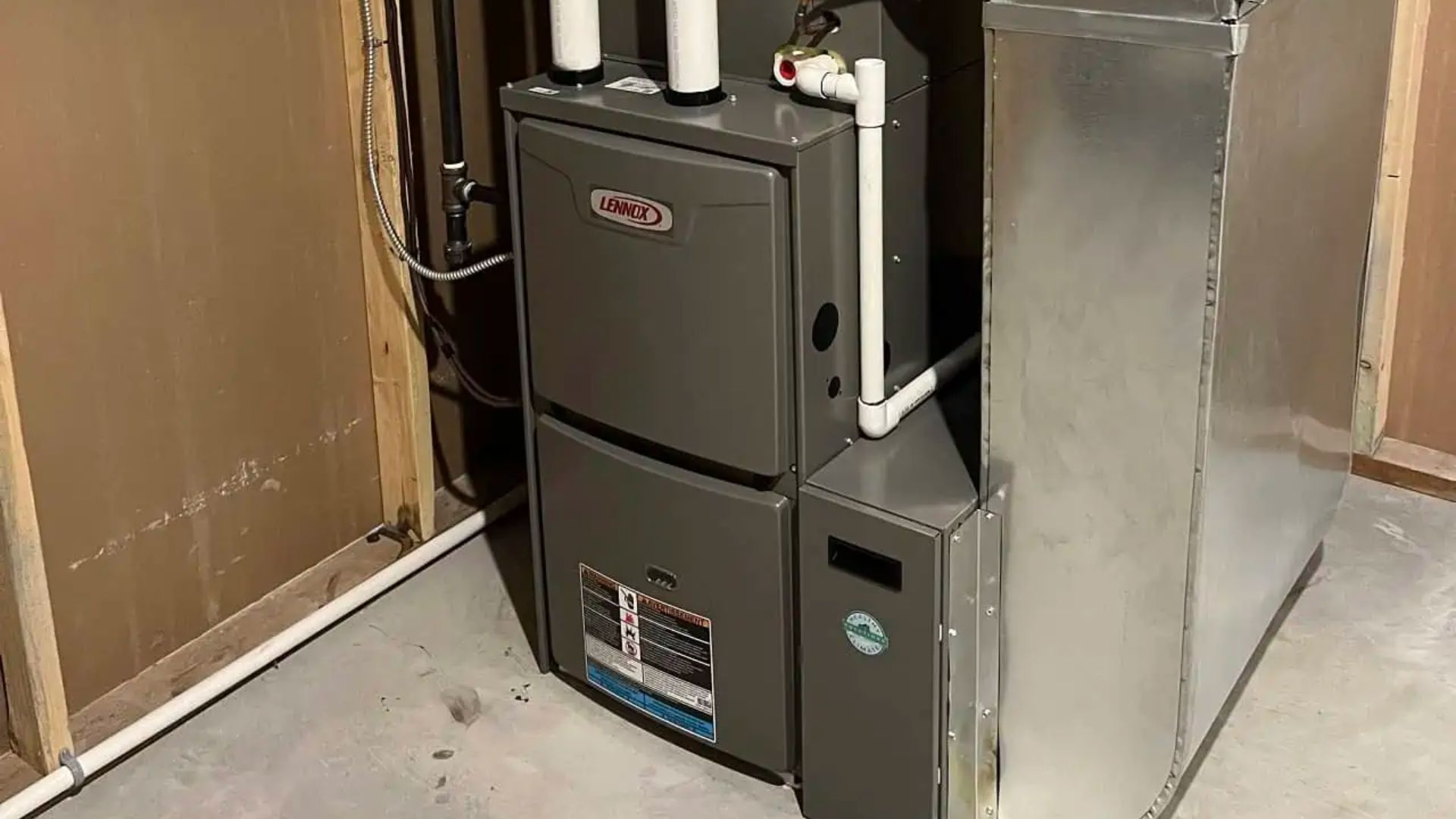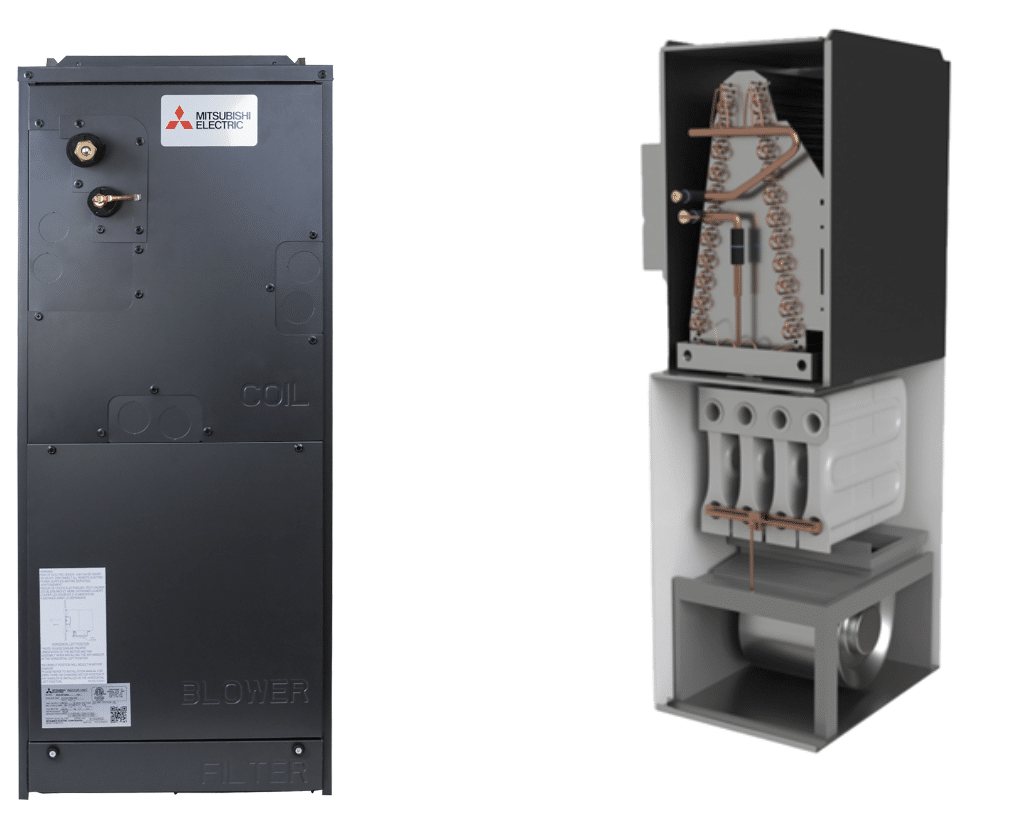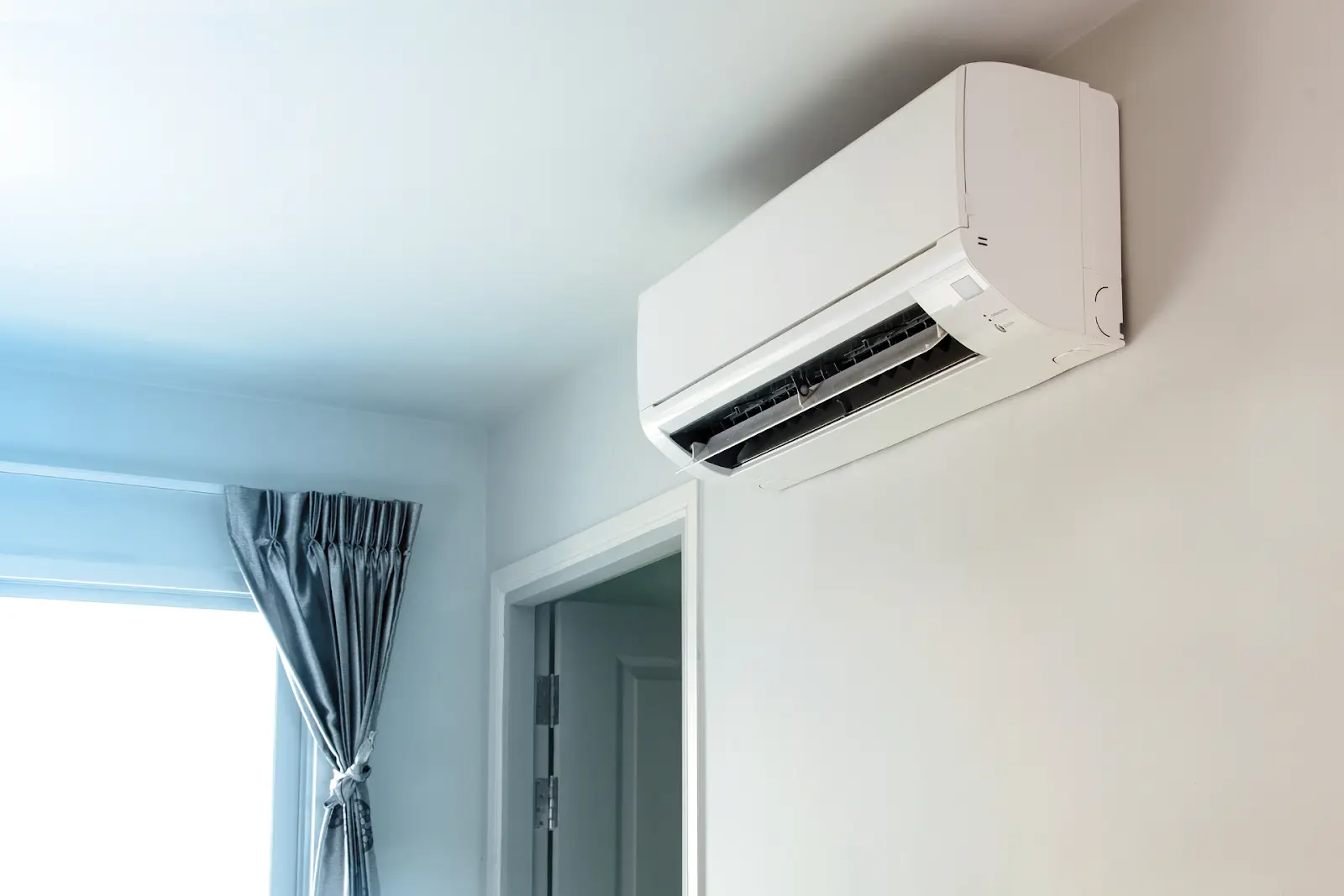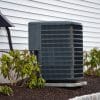When it comes to cooling systems, central air conditioning systems are a popular choice. A common question from homeowners is whether these systems use gas or electricity.
Generally speaking, in a typical central air conditioning system, the AC unit uses electricity, while the furnace often runs on gas. However, there are also electric furnaces available, making it possible for the entire system to be powered by electricity.
In this article, Orzech Heating & Cooling will help you learn more about the different components in an HVAC system and their fuel type!
Gas Components in Central Air Conditioning Systems
While air conditioners mainly use electricity to keep you cool, they’re typically just one part of a broader HVAC system that includes a furnace for heating. The furnace usually runs on natural gas, which it burns to heat the air. An electric blower fan of the furnace then pushes this warm air through your home’s ductwork.
The interesting part is that the same ductwork is also employed by your air conditioner to circulate cool air during the warmer months. This means that whether it’s blasting heat in the winter or cooling down your space in the summer, the system uses the same pathways to regulate your home’s temperature efficiently.
This dual functionality ensures consistent comfort throughout the year, simplifying how both heating and cooling are delivered to your living spaces.
The Role of Electric Furnaces in Gas-Free Central Air Systems
In central AC systems that use an electric furnace for heating, the entire system can operate without using natural gas. Electric furnaces use electricity to heat the air, which is then distributed throughout the home via the HVAC ductwork. This method of heating is entirely electric, eliminating the need for gas as a power source.
For homeowners or facilities where reducing gas usage is a priority—whether for environmental reasons, cost considerations, or availability—opting for an electric furnace in the central AC system ensures the HVAC system does not rely on gas.
This makes the system simpler in terms of fuel sources and can also be beneficial in areas where electricity is cheaper or more reliably sourced than gas. This setup is particularly advantageous in fully electric homes, aligning with renewable energy strategies and enhancing energy efficiency.
Comparing Traditional Hybrid Systems with All-Electric Central Air Systems
Traditional Hybrid Systems
Traditional hybrid HVAC systems combine gas and electricity to function. The central air conditioning unit or heat pump, which uses electricity, works alongside a gas furnace that provides heating. This setup is particularly effective in colder climates where the quick and powerful heating capability of gas can significantly enhance comfort.
All-Electric Central Air Systems
All-electric HVAC systems use only electricity for both cooling and heating, employing an electric furnace instead of a gas one. These systems are safer as they eliminate the risks associated with gas leaks and carbon monoxide. They are environmentally friendly, especially when linked with renewable energy sources. However, they might incur higher operational costs in areas where electricity is pricier than gas.
Does Mini-Split AC Systems Use Gas Or Electricity?
Mini-split air conditioning systems, often chosen for their flexibility and efficiency, primarily use electricity as their power source. Unlike traditional central air systems that may use a combination of gas and electricity, mini-splits are fully electric. This design eliminates the need for natural gas, making installation simpler and more versatile, as it doesn’t require gas lines.
Mini-split air conditioning systems consist of an outdoor compressor/condenser unit and one or more indoor air-handling units, connected through a small conduit. This setup allows for individual control of temperatures in different rooms, leading to energy savings and improved comfort. Due to their electric nature, mini-split systems can be an excellent choice for homes aiming to reduce reliance on fossil fuels, contributing to a greener, more sustainable energy use within the household.
How to Optimize Electricity Usage?
To maximize the electrical efficiency of your central air conditioning system, focus on strategies that reduce its power consumption and increase its performance. Here are specific measures to help you save electricity:
1. Upgrade to a High-Efficiency AC Unit
Consider replacing older AC units with newer, energy-efficient models that have a higher Seasonal Energy Efficiency Ratio (SEER). Modern air conditioners with a SEER rating of 15 or more can be significantly more efficient than older models.
2. Optimize Thermostat Use
For optimal efficiency, set your thermostat to a consistent temperature and avoid frequent adjustments. Maintaining a steady temperature allows for better comfort, reduced electricity usage, and improved humidity control. Setting the thermostat to around 23 degrees Celsius can provide a good balance of comfort and energy efficiency.
3. Enhance Airflow with Fans
Use standing or ceiling fans in occupied rooms to circulate air more effectively. Fans allow you to raise the thermostat setting by about 1 degree Celsius without a reduction in comfort, reducing the AC’s workload and electricity use. Additionally, run your second-floor bath fans. These fans draw out warm, humid air and expel it from the house, dramatically aiding in cooler temperatures on the second floor.
4. Maintain Your AC System
Regular maintenance, including cleaning the condenser coils and replacing the air filter every 30 to 90 days, ensures your AC unit operates at peak efficiency. A clean system uses less electricity to cool your home.
5. Improve Home Insulation
Enhancing insulation in your home’s walls, attic, and floors keeps the cool air inside and reduces the amount of electricity needed to maintain comfortable temperatures. Ensure that windows and doors are also well-sealed.
6. Install Window Treatments
Use blackout curtains, shades, or blinds to block direct sunlight during the hottest parts of the day. This can significantly reduce the heat entering your home, thus reducing the cooling load on your AC.
Conclusion
A central air conditioning system is part of an HVAC system, which typically uses both electricity and gas to ensure efficient cooling and heating. While the air conditioning units operate on electricity, most systems have a gas-powered furnace for heating and air blowing.
Don’t hesitate to consult with a professional HVAC company to discuss the best option for your home heating and cooling needs!






